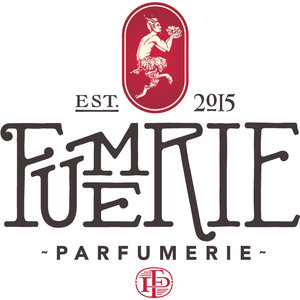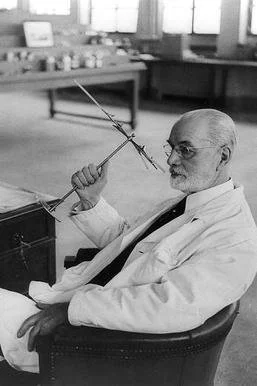Jacques Guerlain
Jacques Edouard Guerlain was a French perfumer, born on October 7, 1874, and died on May 2, 1963. He was the third and most famous perfumer of the Guerlain family and is considered one of the most prolific and influential perfumers of the 20th century. Guerlain composed over eighty perfumes, and his estimates suggest that he composed around four hundred fragrances.
Jacques Guerlain was born in 1874 in Colombes, France, as the second child of Gabriel and Clarisse Guerlain. He received his education in England and later in Paris at École Monge where he studied various subjects including history, English, German, Greek, and Latin. His uncle, Aimé Guerlain, who was childless, trained Jacques from the age of sixteen as his apprentice and successor. Jacques created his first perfume, Ambre, in 1890, and later interned in the organic chemistry laboratory of Charles Friedel at the University of Paris before being officially employed in the family business in 1894.
Jacques experimented extensively in both cosmetics and fragrance, perfecting a method for perfuming ink while publishing on various essential oils with Justin Dupont. He composed his earliest works, such as Le Jardin de Mon Curé in 1895, and in 1897 assumed joint ownership of his family's company, shared with his brother Pierre and father. Jacques and Pierre exchanged the responsibilities of manager and chief perfumer for two years until Jacques became the latter in 1899. Jacques composed several perfumes during this time, including Tsao Ko in 1898, his first perfume to reference the Orient, a dominant theme in his oeuvre.
In 1905, Jacques married Andrée Bouffet. Their first child, Jean-Jacques, was born the following year, and Jacques finished Après l'Ondée, his first major commercial success. The perfume, translated as "After the Rains," was described as "melancholy" by La Liberté and marked Guerlain's experiments with notes of heliotrope and violet. Due to affordable synthetics, this accord was popular in mainstream perfumery. However, Guerlain's treatment, incorporating anisic aldehyde, eugenol, and large quantities of orris root, was considered exemplary by many, including perfumer Ernest Beaux.
The innovative creations of the legendary Guerlain family have forever changed the world of perfumery. Their fragrances have captured the essence of history, culture, and emotion in a way that transcends time. Jacques Guerlain, the mastermind behind some of the most iconic scents in the industry, had an unparalleled ability to express his deepest feelings through his creations.
One such perfume was Le Parfum des Champs-Elysées, released on the brink of World War I. Its chocolatey floral notes served as a premonition of the impending calamity that Guerlain sensed. He poured his intense emotions into this scent, creating a work of art that symbolized the era.
Mitsouko, released after the war, was the culmination of Jacques Guerlain's dedication to perfecting oakmoss and gamma-undecalactone. The fragrance was inspired by his admiration for Japan, a country that had shown its might during the Russo-Japanese War. Mitsouko became an iconic chypre that represented the new post-war woman, a contrast to the soft, ambery floral of L'Heure Bleue that defined the pre-war era.
Jacques Guerlain's magnum opus, Shalimar, paid homage to the Mughal gardens and became the quintessential classic resinous fragrance. Its captivating scent captured the imagination of people worldwide, becoming a bestseller for decades to come.
*fragrances listed for reference only, not sold at Fumerie
MITSOUKO Guerlain
SHALIMAR Guerlain
bio via fragrantica and wikipedia image via wikipedia

